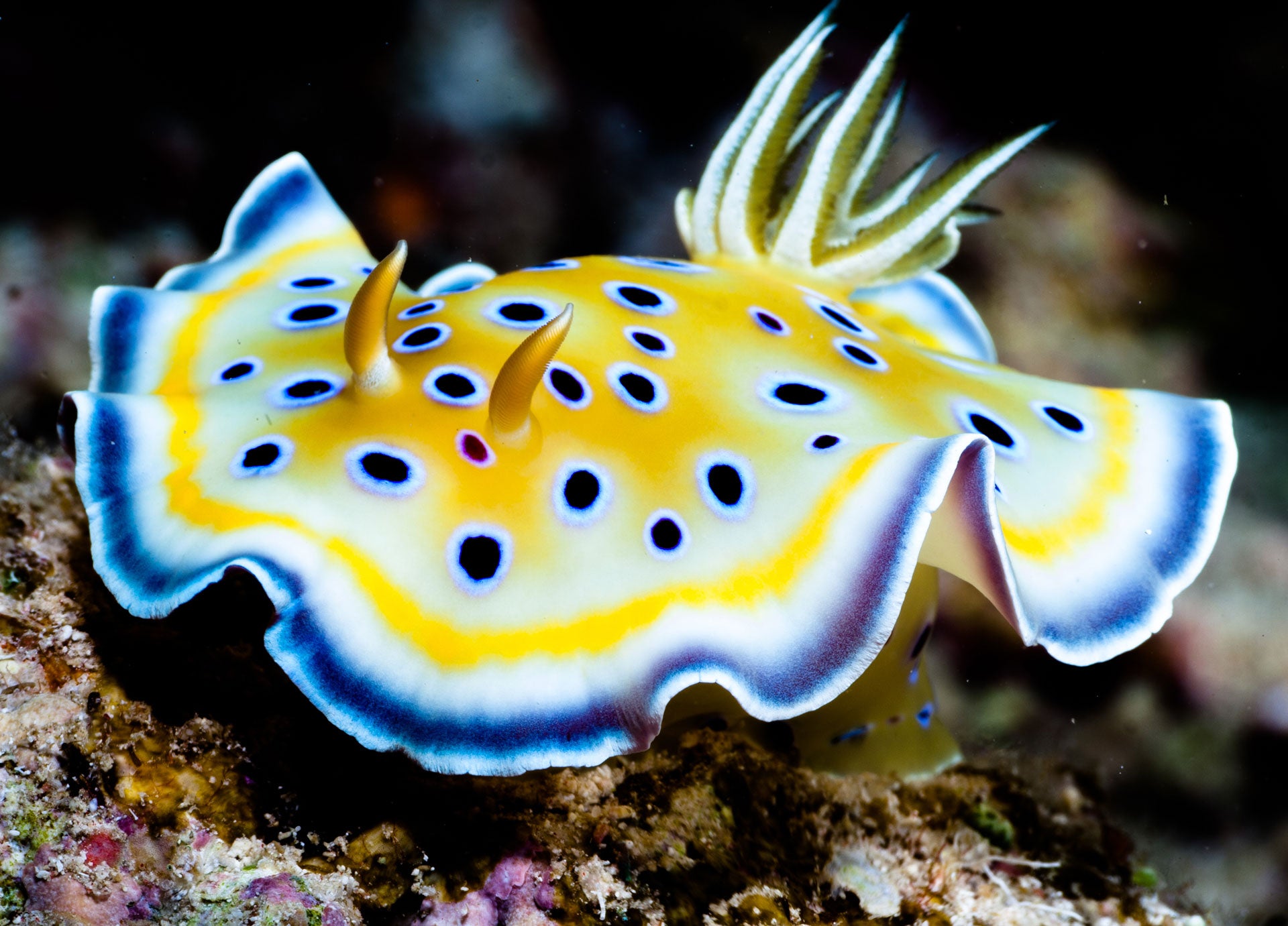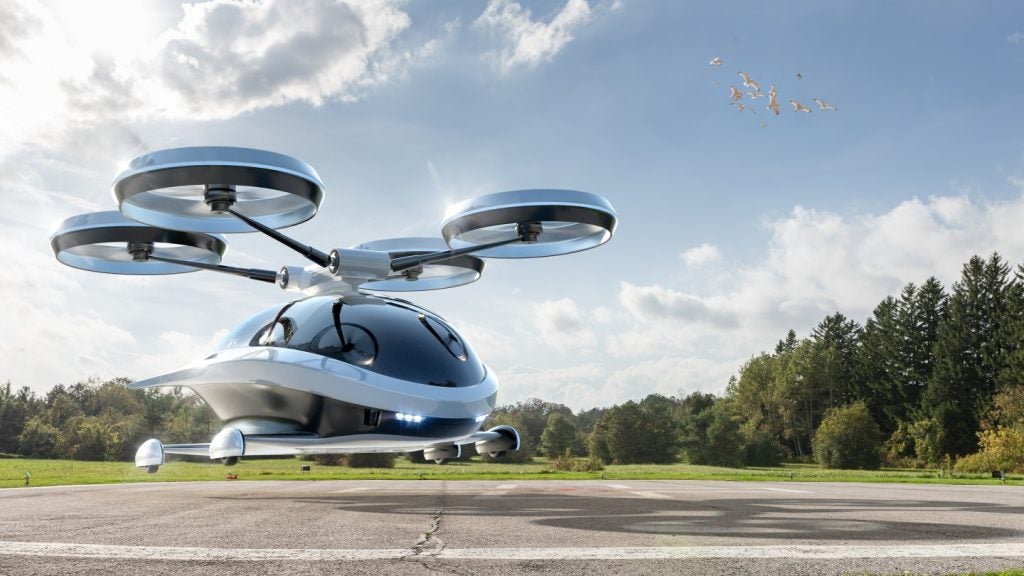
Frills and robotics are not two words that traditionally go together, but new research suggests that the robots of the future could have frilly surfaces to help them move.
Frills are found in nature, particularly in aquatic environments such as on sea slugs or coral reefs.
However, researchers at the University of Arizona and Hebrew University believe the same surfaces could be highly effective in aiding the movement of soft robots.
Soft robots of the future
Soft robots are a class of robotics attracting growing attention due to their ability to be used safely alongside humans without the risks associated with their traditional metal counterparts.
As a result, they have potential across a host of fields, including in the medical space to function as part of assistive or rehabilitative devices such as enhanced prosthetics or exosuits.
They are also increasingly being considered for use in manufacturing and other fields where humans and robots need to work together.
How well do you really know your competitors?
Access the most comprehensive Company Profiles on the market, powered by GlobalData. Save hours of research. Gain competitive edge.

Thank you!
Your download email will arrive shortly
Not ready to buy yet? Download a free sample
We are confident about the unique quality of our Company Profiles. However, we want you to make the most beneficial decision for your business, so we offer a free sample that you can download by submitting the below form
By GlobalDataHowever, their novel design presents a host of challenges that researchers are currently in the process of solving, not least the question of movement. And it is here that nature-inspired frills could provide a key benefit.
According to Shankar Venkataramani, a mathematician at the University of Arizona, frills provide “a potential avenue for building soft robots that are energy-efficient and extremely flexible”.
Frilly maths: The breakthrough behind the theory
What is most notable about the research is that it changes established mathematical understanding about what are known as inflected nonsmooth surfaces – these frills found in nature. As these surfaces bend, each curve changes direction.
It had been thought that this occurred due to the way these surfaces were bent and stretched – with the forces transferred between each section providing momentum.
However, this research shows this is not the case – the frills occur even when there is no stretching.
“The idea that these frilly surfaces don’t have stretching in them; that was completely counterintuitive,” said Venkataramani.
“People have looked at these hyperbolic surfaces for 200 years, but nobody has thought about the role of smoothness in relation to how these things move, their mechanics. Nobody saw a relevance to these things until now.”
This means that very little energy is required to produce changes in the overall structure, and suggests that this kind of structure could be used to apply significant strength without significant power. And that makes it a potentially invaluable design for soft robots of the future.
“We realised that nature already solved the problem millions of years ago. Some sea slugs and marine worms use this geometry to get around,” said Venkataramani.







